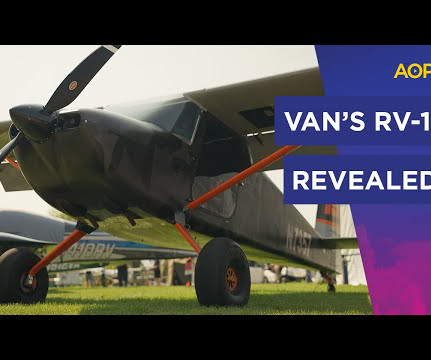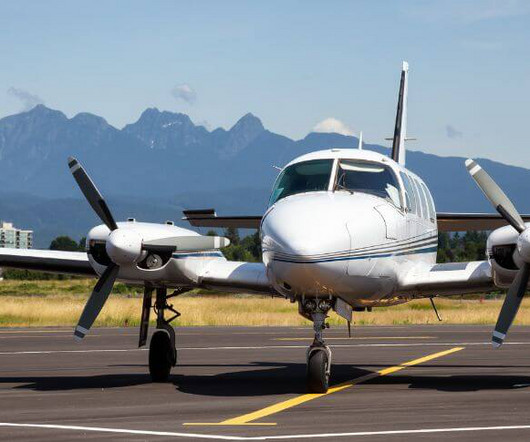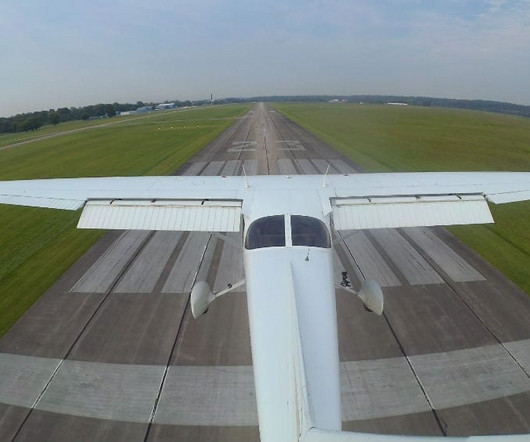Trial by Ice
Air Facts
MAY 5, 2025
After all, I had just aced my checkride. The general prognosis indicated no icing in the clouds, no turbulence and a quartering headwind from the west resulting in a mere five knots of headwind component. Instead of a gentle breeze out of the west, we had over 20 knots of headwind blowing out of the south.















Let's personalize your content